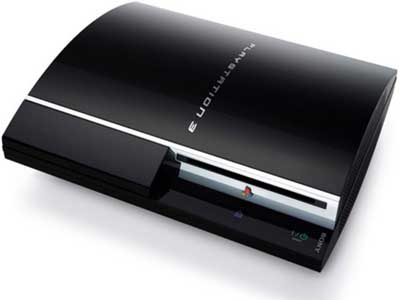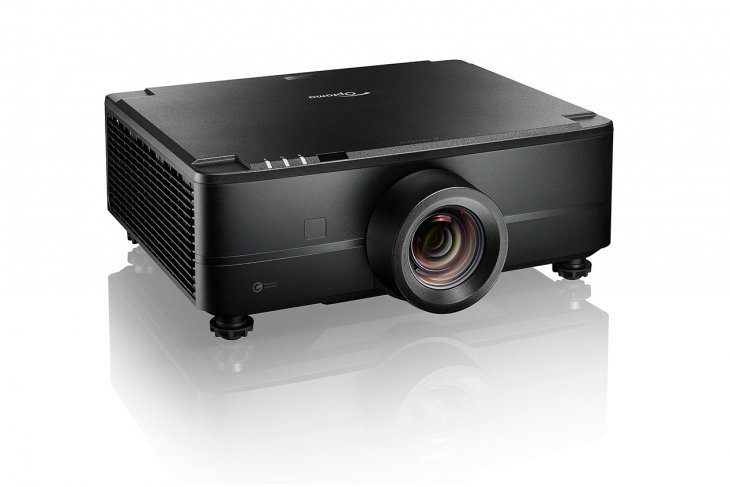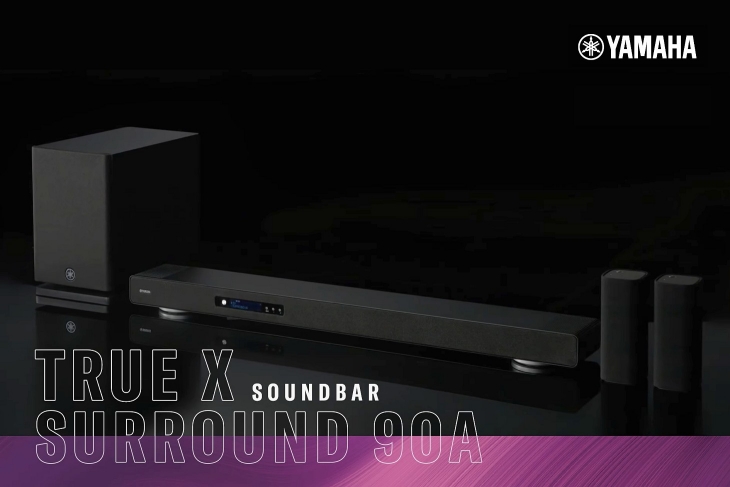PS3: addio definitivo a Linux
Sul proprio Blog, Sony Computer Entertainment annuncia l'arrivo del nuovo firmware 3.21 dedicato alla PS3. Questo aggiornamento disabiliterà la possibilità di installare altri sistemi operativi anche per le versioni "fat" della console

Con il passare degli anni, la console PS3 di Sony si è arricchita di funzionalità (vedi il bistream audio HD via HDMI della "slim" o il BD-Live e tra poco la compatibilità 3D) ma ne ha anche perse (vedi due porte USB, il lettore di schede di memoria, la lettura dei SACD e la possibilità di caricare sistemi operativi alternativi sulla "slim"). Ora, sul proprio blog, Sony Computer Entertainment annuncia che a partire dal 1 aprile verrà rilasciato il nuovo firmware 3.21 e che con questo aggiornamento l'impossibilità di caricare un altro sistema operativo (leggi le varie distribuzioni di Linux) verrà estesa a tutte le versioni della console (quindi anche tutte le "fat"). La scelta è secondo Sony legata a motivi di sicurezza.
Nel menu delle PS3 sparirà quindi la voce "Installa un altro Sistema Operativo" e Sony spiega che gli utenti che fanno uso di questa funzionalità potranno decidere di non installare il nuovo firmware, ma che subiranno una serie di limitazioni nelle funzionalità della console (molto restrittive e che obbligano di fatto all'aggiornamento):
- Impossibilità di connettersi a Playstation Network e usare funzionalità di rete che richiedono il collegamento
a PSN, come le funzionalità online dei giochi e la chat
- Impossibilità di usare giochi PS3 o Blu-Ray Disc che richiedono il firmware 3.21 o successivo
- Impossibilità di riprodurre video protetti da copyright che sono archiviati
in un media server (quando DTCP-IP è stato attivato nelle Impostazioni)
- Impossibilità di usare nuove funzionalità e miglioramenti disponibili nel
firmware 3.21 o successivo
Inoltre, tutti coloro che hanno un sistema operativo alternativo installato dovranno effettuare il back-up di tutti i dati caricati nella partizione dell'hard-disk "alternativa" prima di effettuare l'aggiornamento al firmware 3.21, in quanto ad aggiornamento effettuato i dati diventeranno inaccessibili.
Per maggiori informazioni: blog Playstation
Fonte: SCEA
Commenti (77)
-
Ciao,
l'hypervisor NON è un sistema di sicurezza.
E' solo il mezzo con cui viene esposto ai sistemi operativi l'hardware sottostante.Potevano non metterlo ed aggiungere nel sistema operativo un livello n-esimo che si occupasse di gestire il sottosistema hardware.
In informatica nulla all'atto pratico è ovvio. -
Originariamente inviato da: DarklinesCiao, l'hypervisor NON è un sistema di sicurezza..
Allora, visto che non voglio passaere per visionario, ti alleggo un piccolo estratto dal sito http://www.edepot.com/playstation3.html
PS3 Security
Additional features that the PS3 advanced from previous generations are the included extra security features. The main ones are listed below.
* Blu-ray Disc encryption
* Harddrive encryption
* Generic data encryption
* Hypervisor
To help with the security, the following hardware are also included inside the Cell:
* Hardware root key
* Hardware decryption routine
* Hardware random number generator
Game data from the Blu-ray disc can have a disc-based encryption on it. The encryption key (128 bit) is hidden inside the disc as a BD-ROM Mark, and requires special Blu-ray reader technology to read it. The disc layered encryption is usually used to encrypt EBOOT.BIN from Blu-ray game discs. After decrypting this disc layer, the result is a file named *.SELF. These *.SELF files are packed NPDRM encrypted data and includes SHA1 hashes. When this layer of encryption is removed, the result is an *.ELF file ready for execution on the PS3. The harddrive is also per PS3 encrypted, so it is not possible to swap drives into another PS3.
Hypervisor
There is a security layer called the Hypervisor running on the PS3 (running at the lowest level: Level 1 or lv1). The Hypervisor (code contained in lvl1.self stored on the encrypted NAND flash chip in early PS3) runs on the PPE and the one reserved SPE with the highest priviledge. The Hypervisor utilizes dedicated hardware on the PPE running in priviledge mode, allowing only itself, for example, to change the read-only status of code memory. There are 256 Hypervisor related System Calls. The GameOS and OtherOS (like linux) runs on Level 2 or higher on top of the hypervisor.
Encrypted code can be secured by having it run on the one reserved SPE (like the secure loader: lv1ldr which decrypts lvl1.self hypervisor code). lv1ldr itself is decrypted following a chain trust to the initial bootloader decrypted using hardware root key and hardware decryption routine built inside the Cell. Practically all the passed data for decryption happens inside Cell registers. The PPE would take the encrypted code (can be analogous to an application file from the decrypted Blu-ray disc, or something from the flash memory) and setup a SPE to go into secured (isolation) mode. In this mode, the hardware decryption routine takes over, grabs the encrypted code, decrypts it using a hardware root key, and puts the decrypted code inside the SPE's local store. Note that an SPE in isolation mode cannot have its whole code and data read or written externally (not even by the PPE that started it up), with the exception of a small area of the local store for communication purposes. The only thing the PPE can do is kill the SPE process (along with the SPE local code and data). The hardware random number generator in the Cell is there so that you can timestamp sessions keyed to a random number to prevent replay attacks.
Almost all of the keys inside the PS3 are public RSA keys for decryption only. With the exception of creating Save Games and general encryption of the harddrive, encryption keys for encrypting games and Blu-ray discs are held in secret by Sony.
A questo punto, o sono scemi loro che si inventano le cose o non so che dirti. -
Originariamente inviato da: sedorfSbagliato. Il contratto di acquisto non dice che la consolle è tua, bensì SONY ti permette di averla ma è ancora di sua proprietà (in pratica è in comodato d'uso).
ciao, scusa ma questa parte del contratto mi sfugge, me la puoi postare in qualche modo, anche se mi sembra una cosa abbastanza assurda, ma cmq possibile -
Originariamente inviato da: Attiliome la puoi postare in qualche modo
Come riesco a trovare il paragrafo e uno scanner qui in ufficio te lo posto volentieri. -
Dunque, ho letto la garanzia della Playstation 3 all'indirizzo http://it.playstation.com/media/245...20Guarantee.pdf
Mi sono parzialmente confuso. All'atto pratico, SONY non vende il Firmware e i suoi relativi aggiornamenti, bensì li concende sotto forma di licenza d'uso; quindi, in pratica, la Playstation 3 è effettivamente venduta, ma non il suo software ne i suoi aggiornamenti i quali questi sono concessi in comodato.
Mi scuso per la confusione fatta -
Originariamente inviato da: sedorfA questo punto, o sono scemi loro che si inventano le cose o non so che dirti.
Ciao,
non sono scemi loro ne tanto meno tu.
L'hypervisor nudo è crudo è quello che ho detto nei post precedenti.
Quello che hai riportato tu,e che cercavi di spiegare, è una particolare implementazione adottata da Sony, che include nella struttura di protezione del sistema(una encrypted nand flash chip) l'hypervisor, che, appunto, risiede nel livello più basso per poter interagire con l'hardware in modo diretto.
Pertanto,un'agente esterno, per riuscire a interagire con hypervisor e hardware bisogna arrivare a forzare il sistema di criptazione che protegge la nand flash. -
Originariamente inviato da: Darklinese che cercavi di spiegare
Oooookkkeeeeyyyyy allora vuol dire che mi sono spiegato male e me ne scuso.
dunque, so che l'Hypervisor è un sistema di virtualizzazione, però (vediamo se riesco a spiegarmi meglio), è come una chiave inglese, un oggetto del genere preso nudo e crudo è un semplice oggetto da lavoro, ma se la si usa per uccidere, diviene automaticamente un arma.
E' questo quello che volevo dire, cioè questo sistema di virtualizzazione sulla PS3 è usato come sistema di sicurezza.
Ho anche specificato che non ci fai nulla se non hai le chiavi (proprio come hai detto tu infatti.).
In pratica, un oggetto può essere qualsiasi cosa, a seconda dell'uso che se ne fa non credi?

















